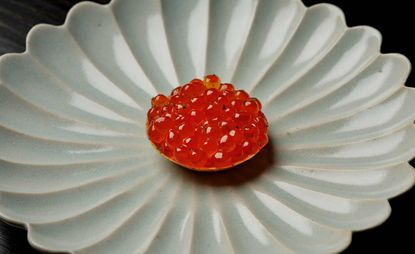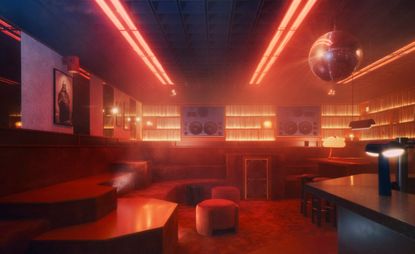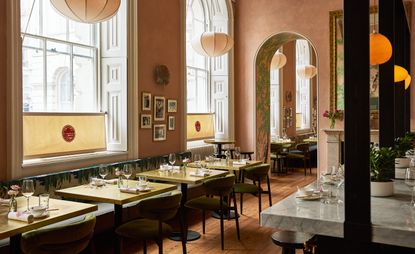Travel
From slick urban boltholes to far-flung retreats, escape with us into a world of inspiring, design-led travel
Explore Travel
-

French bistro restaurant Maset channels the ease of the Mediterranean in London
This Marylebone restaurant is shaped by the coastal flavours, materials and rhythms of southern France
By Ben McCormack Published
-
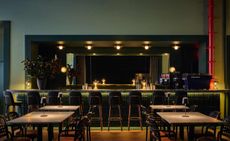
NYC’s first alcohol-free members’ club is full of spirit
The Maze NYC is a design-led social hub in Flatiron, redefining how the city gathers with an alcohol-free, community-driven ethos
By Sofia de la Cruz Published
-
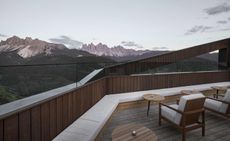
Heading to the 2026 Winter Olympic Games? Don’t miss these stops along the way
As the anticipated winter games draw near, Wallpaper*’s Milan editor, Laura May Todd, shares where to stay, eat, drink and relax in the Dolomites
By Laura May Todd Published
-
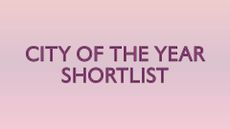
Wallpaper* Design Awards 2026: City of the Year shortlist
Explore the nominated urban locations making an impact in design, architecture and contemporary culture
By Sofia de la Cruz Published
-

Retreat to an earthy resort in a sylvan slice of the Algarve
The beautifully wild Portuguese landscape envelops the Vale Palheiro Earth Resort, offering visitors a chance to immerse themselves in rural authenticity
By Mary Lussiana Published
-

This clever café-cum-playroom in Poznań makes space for everyone
Designed by Poland’s Cudo Studio, Sunday proposes a warm, dynamic take on the family café
By Sofia de la Cruz Published
-

Sir Devonshire Square is a new kind of hotel for the City of London
A Dutch hospitality group makes its London debut with a design-forward hotel offering a lighter, more playful take on the City’s usual formality
By Lauren Ho Published
-
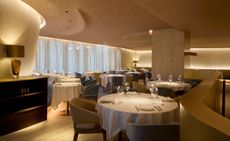
This sculptural London seafood restaurant was shaped by ‘the emotions of the sea’
In Hanover Square, Mazarine pairs a bold, pearlescent interior with modern coastal cuisine led by ‘bistronomy’ pioneer chef Thierry Laborde
By Sofia de la Cruz Published
-
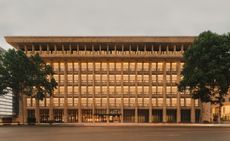
A 1970s brutalist icon becomes Tbilisi’s most striking new hotel
Neri&Hu transforms a Soviet-era post office into the Georgian capital’s anticipated Telegraph Hotel
By Ianthe Butt Published
-

A Roman holiday, but make it Tokyo. Check into the Bvlgari Hotel
Crowning the top six floors of Tokyo Midtown Yaesu, Bvlgari’s first hotel in Japan is a skyline retreat shaped by two cultures
By Sofia de la Cruz Last updated
-
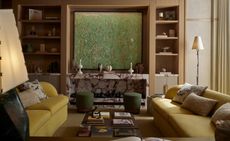
Montcalm Mayfair opens a new chapter for a once-overlooked London hotel
A thoughtful reinvention brings craftsmanship, character and an unexpected sense of warmth to a London hotel that was never previously on the radar
By Lauren Ho Published
-
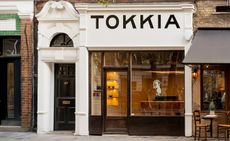
Follow the white rabbit to London’s first Korean matcha house
Tokkia, which translates to ‘Hey bunny’ in Korean, was designed by Stephenson-Edwards studio to feel like a modern burrow. Take a look inside
By Sofia de la Cruz Published
-
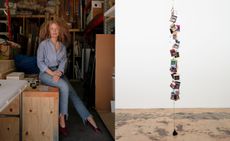
A local’s guide to Miami by gallerist Nina Johnson
As Art Basel Miami Beach 2025 kicks off, gallerist Nina Johnson shares her hometown essentials – from art museums to where to eat, drink and shop
By Sofia de la Cruz Published
-
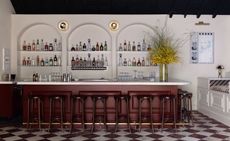
The new Los Angeles restaurants everyone is talking about
New openings this month include an intimate chef’s counter, a multifaceted spot with real gravitas, and a beloved old haunt reinvented
By Carole Dixon Last updated
-

The new London restaurants to book now
This month, Clare Smyth riffs on the bistro formula, Hawksmoor takes over the St Pancras London Hotel, and Notting Hill goes Tuscan
By Ben McCormack Last updated
-
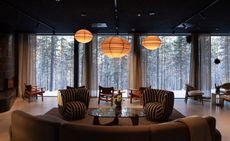
The best new hotels to love without reservation
Explore the best new openings in the world, from a ‘Japandi’ spa hotel in Finland to a modernist-inspired bolthole in South Africa
By Nicola Leigh Stewart Last updated
-
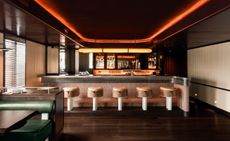
This Toronto pizzeria hides a sultry bar with serious bite
North of Brooklyn unveils a fresh, two-level outpost where crisp, light-filled minimalism gives way to a warmer, neon-lit upstairs area
By Sofia de la Cruz Published
-

La Monique brings the French Riviera to Santa Monica
A transportive room of velvet, candlelight, and Riviera chic, serving French favourites with a modern wink
By Carole Dixon Published
-

The best Miami hotels to book for design-minded travellers
In town for Art Basel or Design Miami? These are the city’s most stylish stays, whether you’re looking to hit the beach or have a spa day
By Lindsay Cohn Published
-
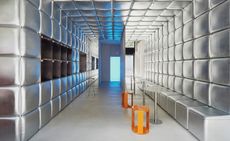
Enter a metallic, maximalist playground for pasta lovers in Barcelona
Relleno’s first flagship restaurant pushes casual dining into a chrome-lined future, wrapping guests in a sculptural grid that riffs on the geometry of filled pasta
By Sofia de la Cruz Published
-

Let’s go Deutsch – a date with Berlin’s new-wave diners
In the German capital, the diner is being reinvented as a contemporary hub for cosmopolitan flavours, conviviality and near-Nora Ephron levels of delight
By Milly Burroughs Published
-

Free flights across Japan? ANA just made it happen
A new All Nippon Airways scheme in collaboration with the Japan National Tourism Organization aims to ease overtourism in major hubs by boosting regional travel
By Sofia de la Cruz Published
-
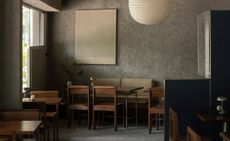
This Mexico City café embraces brutalism’s warmer side
Stay for breakfast, lunch and dinner at the Formant Studio-designed Marne Café, where an interior of raw finishes and tactile materials invites you to linger
By Sofia de la Cruz Published
-
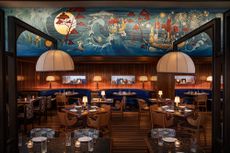
The W New York, Union Square gets a grown-up revamp by Rockwell Group
The noughties hotspot has reopened with a more mature – yet never muted –new look. Wallpaper* checks in
By Lindsay Cohn Published
-
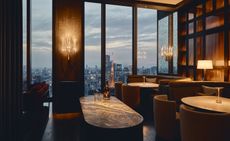
Is this Tokyo’s most alluring new hotel?
In the world’s busiest capital, a new benchmark for serenity emerges 35 floors above ground. We checked into the Fairmont Tokyo
By Sofia de la Cruz Published
-
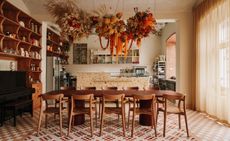
Homespun pleasures are the order of the day at this warm Kraków restaurant
Located in the Kazimierz district, Dala Restaurang emerges as a space where homely character meets a love for nature and the simplicity of life
By Sofia de la Cruz Published
-
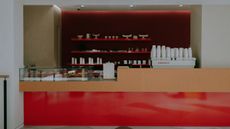
One of London’s favourite coffee shops just opened in Harvey Nichols
Kuro Coffee’s latest outpost brings its Japanese-inspired design to the London department store
By Tianna Williams Published
